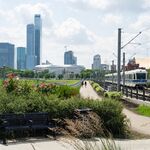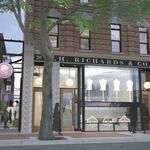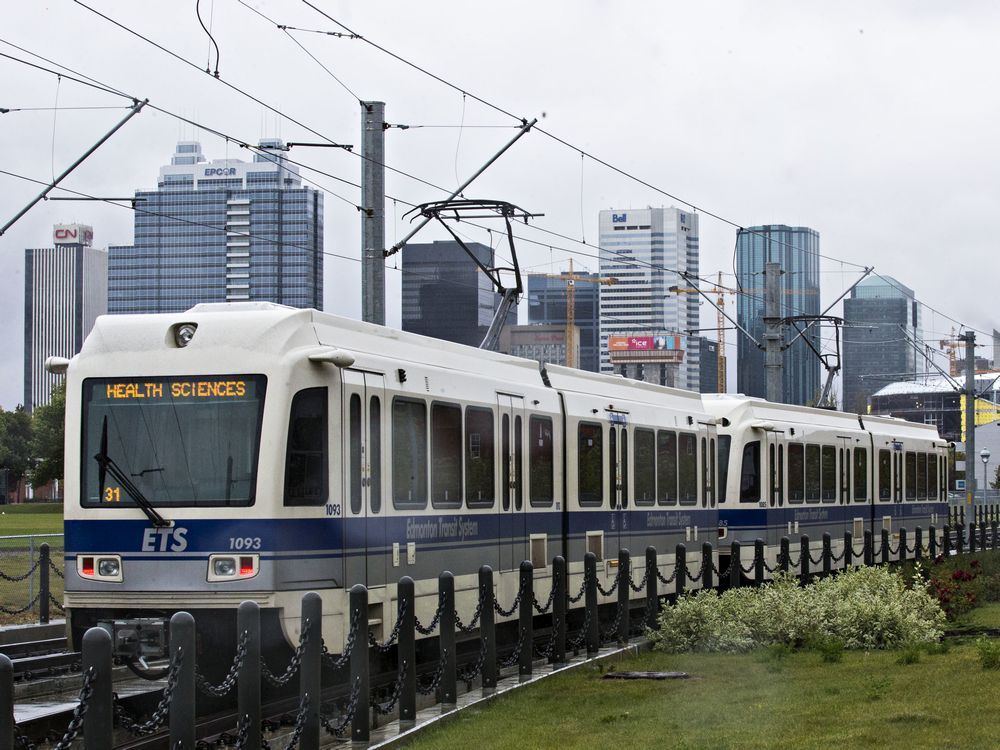Platinum107
Senior Member
The problem with pushing density on a community and criticizing suburban neighbourhoods as "sprawl" is that it necessarily involves imposing one person's set of values on another: "I think density is good for X, Y, Z reasons, therefore YOU should want it as well. The fact that you don't is bad, very bad."
The reason that outlying neighbourhoods get built--with all their deficiencies, such as car dependence, longer commutes and higher costs of servicing--is because residents WANT what they have to offer. Not everyone wants to live in a high rise, an infill row house or a redevelopment that sees three houses jammed onto a single lot in the city core. Many people WANT bigger backyards, more distance from their neighbours, a feeling of space.
I've been to plenty of places around the world--the Chungking Mansions come to mind--where space is used ultra-efficiently to house a maximum number of families in a very small footprint. These places are nowhere I would want to live. I do not like the idea of living on top of and underneath a bunch of other people. I like my kids having space. If it means that we have to put up with some of the drawbacks, like growing commutes and anemic public transit, so be it. It's a lifestyle choice.
Residents living in outlying neighbourhoods DO pay for the costs of so-called sprawl, in taxes which seem to be ever rising (not just property but also fuel taxes). If taxes do not fully cover the higher costs of servicing, I would point out that there are plenty of services that are subsidized by outlying areas that only benefit the older neighbourhoods of a city. LRT is an example: homeowners in Glenridding and Schonsee are paying for LRT expansion to Mill Woods, West Edmonton Mall and Blatchford, but when will they ever see stations in their own neighbourhoods?
I would also strongly caution against judging one's fellow citizens whose personal choices are not fully "covered" by the taxes they pay. I have a neighbour who has five kids--it is highly unlikely the education portion of her property taxes come close to the costs of educating five children in the public school system, which means some of my taxes and some of our neighbour's (who has no kids) help cover that cost. It's called living in a society.
One should be careful about trying to impose one's own personal set of values on everyone else: "I believe urban density/monogamy/religious adherence is important. If you do not agree, I support using the tax system to punish your differing choices."
Your personal preference for housing is your own and you are free to not live in a dense city. If you like having "a feeling of space" for you and your kids, live in the country on a small anchorage for all I care, but my point is that you shouldn't expect all the services and conveniences that come with living in a city at the same time.
If you want an affordable single-family house with lots of space, almost everywhere else in the world outside of New-World English-speaking countries you would expect a more rural lifestyle with certain inconveniences such as: limited power supply and maybe a backup generator, on-site septic tank and water storage and having to pay yourself for maintenance, and of course being relatively far away from services like groceries, schools, healthcare, law enforcement, fire, etc. It's a distinctly more difficult lifestyle than living in a city with, sure, the drawbacks of space constraints, transport constraints, and lots of people (if you don't like that), but without any of the conveniences that make life much easier, accessible and even affordable in a different way. The urban and rural lifestyles are naturally distinct from each other in many ways, and that's just how it's been for most of human civilization.
Here in Canada, the U.S., Australia, New Zealand, etc., The post WWII phenomena of suburbanization, car dependency, separation of uses and low-density development completely flipped the known way of building cities on its head, aiming to give everyone the comfort of a rural lifestyle with the convenience of an urban one. It really is a permanent experiment when you think about it, where the governments of these places and private interests tried to take the best of both worlds and make the "ideal lifestyle" for the every day citizen.
You might say "This experiment is clearly working then, right? People love the results and want more of it!". I agree that on the surface it looks quite appealing if you are simply making your own lifestyle choice, however start peeling back the layers and you start to see problems, huge problems on a societal level which make our cities unstable and plagued with many social issues which I could go on for hours about, however I'll focus on the economic side of this since that's what you're talking about.
If you completely remove personal preferences from the situation, the case for the way we built cities here becomes actually even worse in my opinion. The balance between property tax income and required maintenance is so nonsensical that it's funny, where we build suburbs with densities (residential and commercial) that, while increasing, are still too low overall to be financially solvent so that when the time for maintenance comes around the tax revenue crashes through the floor. So what do we do to pay these costs? Build more neighborhoods of course, leading to a sort of Ponzi-scheme scenario where we are always building new to pay for the old. What happens when rough economic times come for a city, and it's main source(s) of revenue vanish? What if no new neighborhoods on the edge are built? What happens to older suburbs which lack any new development? Infrastructure in disrepair, people leaving the community for "better", rising crime and poverty rates, and overall the destruction of the fabric of that initial community are what happen, in most cases.
I advocate for a denser, mixed-use, transit-oriented and activity-filled inner city because I believe that, without one, we as the citizens of Edmonton are wronged and left with a huge disadvantage compared to the rest of the world. I advocate for more choices in housing and mixing of zones, not less, as I believe that a varied and storied neighborhood with a house, a duplex, townhouse, small apartment, and common courtyard within walking distance of the hardware store, pharmacy, cafe, grocer, and transit stop are what give a neighborhood character, not a stranglehold of what can and can't be built dictated by the residents who bought in before everyone else.
Cities are evolving organisms, growing and shrinking in different places, and transport networks are the arteries and veins of it. Cities are artworks of culture and human interaction that tell a compelling story of everyday life, a little chaotic and messy at certain moments but still a piece of art nonetheless. I want to be a character living and breathing within that art.
What about you?





